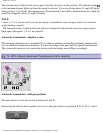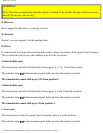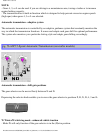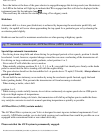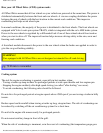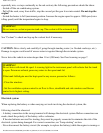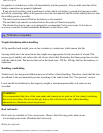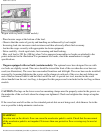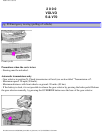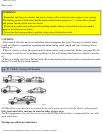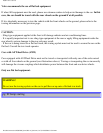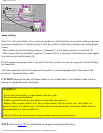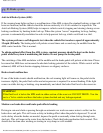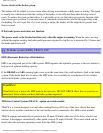
2000 Volvo S & V70
Wagon with roof rails (certain models)
· Place heavier cargo at the bottom of the load.
· Observe that the center of gravity and handling are influenced by load weight.
· Increasing load size increases wind resistance and thus adversely affects fuel economy.
· Anchor the cargo correctly with appropriate tie-down equipment.
· Drive carefully. Avoid rapid starts, fast cornering and hard braking.
· Max. roof load is 220 lbs (100 kg) when Volvo approved removable roof racks are attached to the
points indicated in the illustration. For permanent roof racks, check the manufacturer's weight
specifications.
· Wagons equipped with roof rails (certain models): The optional cross bars designed for use with
roof rails are slightly curved. The curve should be toward the front of the car when the cross bars are
used (see illustration). The cross bars are marked front/rear and left/right. The cross bars can be installed/
removed by loosening/tightening the screws on the clamps at each end of the cross bar and sliding one
end of the bar forward until it can be lifted on/off the rail. A special torx tool, inserted in the screw
driver handle from the car's tool bag, is designed for this purpose and is included in the tool bag on these
models.
CAUTION: The lugs on the lower cross bar mounting clamps must be properly seated in the groove on
the underside of the roof rails when the clamps are tightened. Check and retighten the clamps at regular
intervals.
If the cross bars are left on the car for extended periods but are not being used, slide them as far to the
rear as possible to help minimize wind noise.
WARNING!
An extra mat on the driver's floor can cause the accelerator pedal to catch. Check that the movement
of the accelerator pedal is not impeded. Not more than one protective floor covering may be used at
one time.
file:///K|/ownersdocs/2000/2000_SV70/00sv70_04b.htm (12 of 13)12/30/2006 3:43:43 PM



